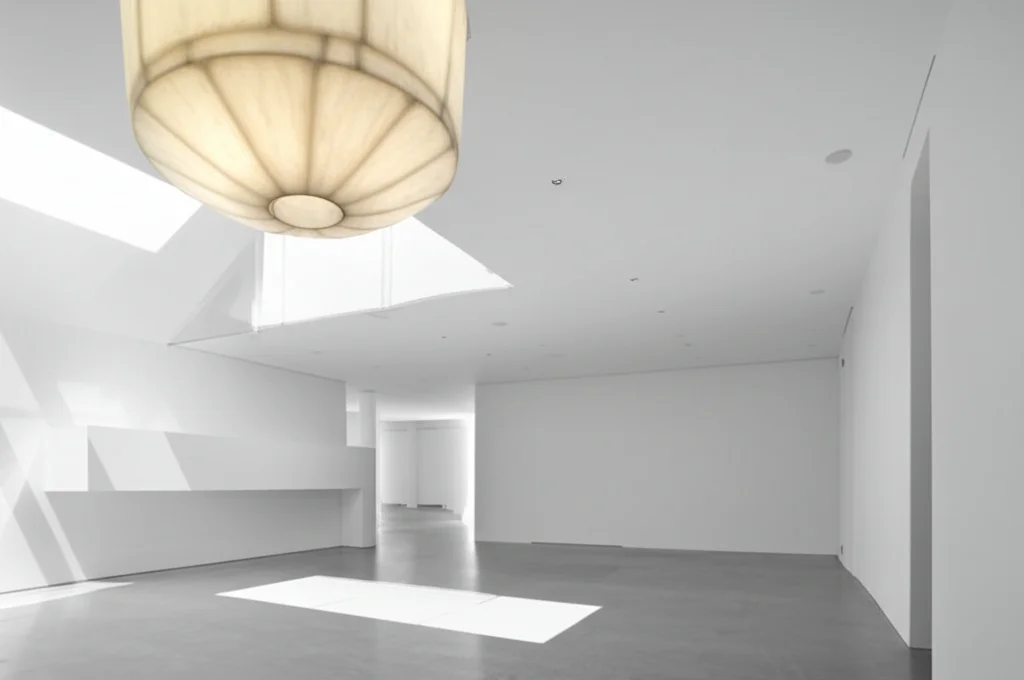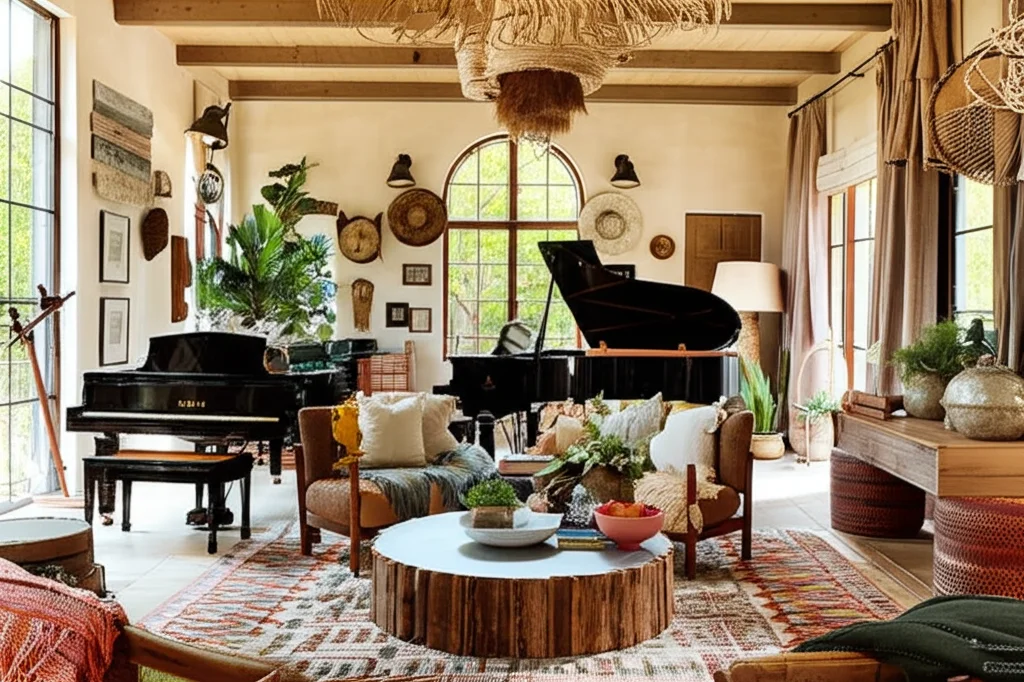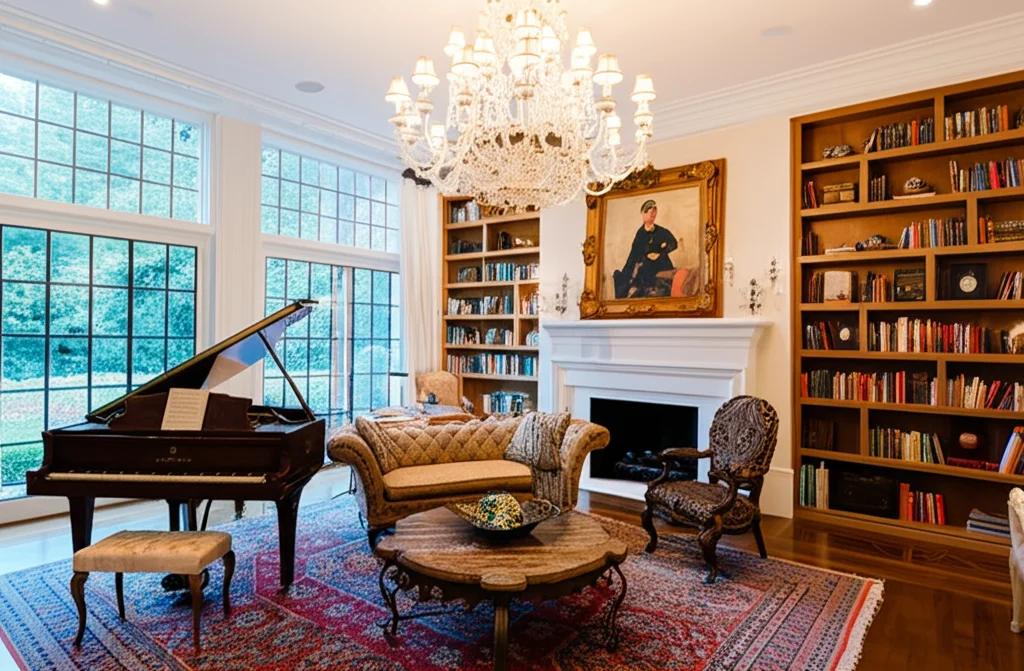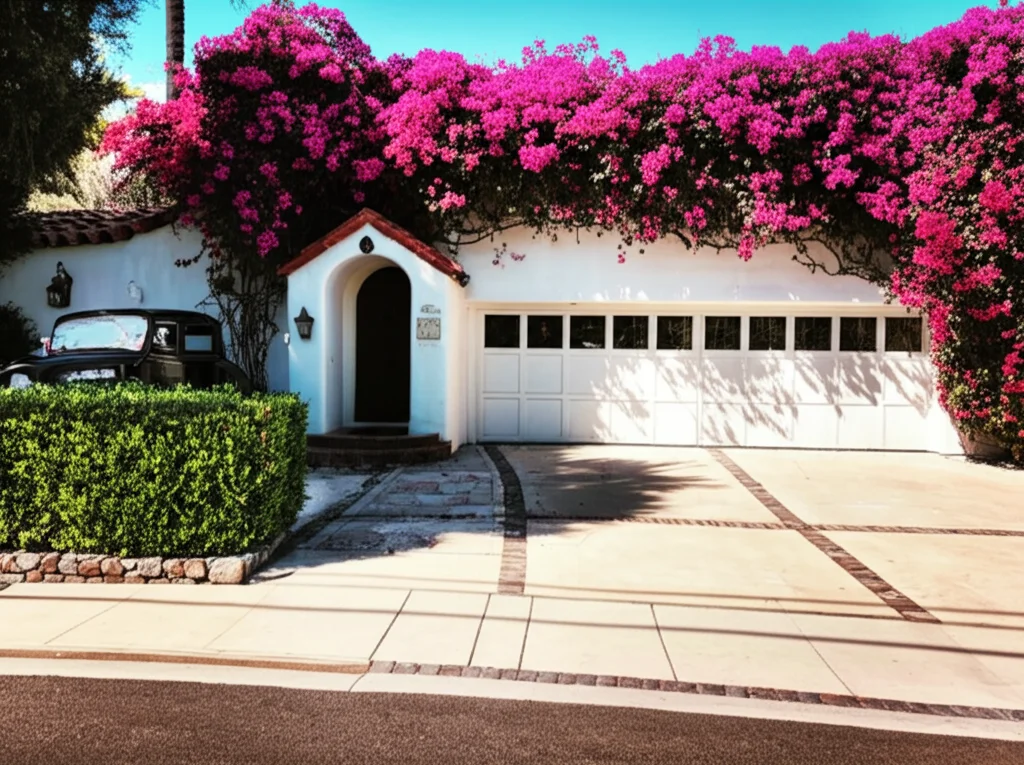
Inside Emma Stone’s Exquisite Spanish Revival Home: Style & Design Secrets
Okay, let’s be real. I’ve always been a little obsessed with Emma Stone. Her acting chops? Impeccable. Her style? Always on point. But when I stumbled across photos of her Los Angeles Spanish Revival home, my obsession reached a whole new level. It’s not just a house; it’s a *vibe*. It’s the kind of place that screams “relaxed elegance,” where you can picture yourself sipping iced tea on a sunny afternoon, completely content.
What really got me, though, wasn’t the star power attached to it. It was the *soul* of the place. It felt authentic, lived-in, and genuinely charming. This wasn’t some sterile, ultra-modern mansion. This was a home that seemed to whisper stories of cozy nights in, laughter echoing through the halls, and a genuine appreciation for classic design. So, naturally, I had to dive in deep and explore every nook and cranny (figuratively, of course!). I wanted to know what made this house so special, and how we can all steal a little bit of Emma Stone’s design magic for our own homes.
The Allure of Spanish Revival Architecture
Spanish Revival architecture is like a warm hug on a sunny day. It’s all about embracing natural light, earthy textures, and a sense of effortless grace. Think terracotta roofs, stucco walls, arched doorways, and wrought-iron details. It’s a style that transports you to a different time and place, evoking images of sun-drenched courtyards and lazy afternoons spent under the shade of a sprawling bougainvillea. And that’s exactly what Emma Stone’s home embodies: a perfect blend of old-world charm and modern sensibilities.
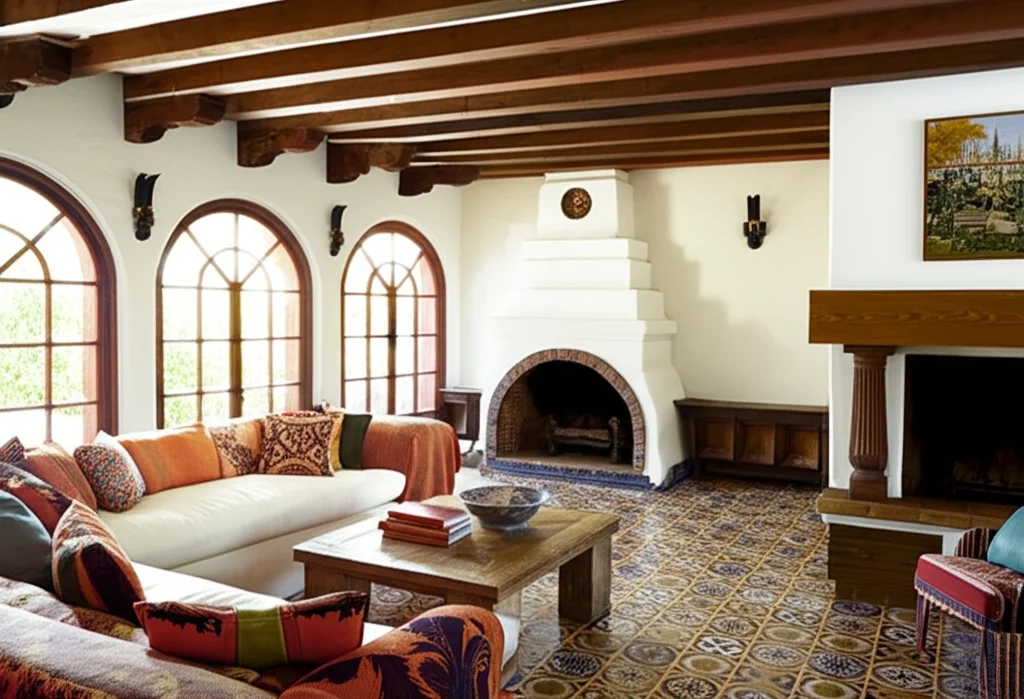
The beauty of this style lies in its versatility. It can be adapted to suit a variety of tastes, from rustic and traditional to sleek and contemporary. Whether you’re drawn to the vibrant colors of Mexican tile or the understated elegance of whitewashed walls, Spanish Revival offers endless possibilities for creating a space that reflects your personality. The historical accuracy is there but it is also melded with modern decor.
Key Characteristics of Spanish Revival Design
Let’s break down the defining elements that make Spanish Revival architecture so irresistible. First up, we have the classic stucco walls. These textured surfaces provide a beautiful backdrop for both indoor and outdoor spaces, adding depth and character to any room. They create a tactile feel that welcomes visitors with open arms, as if to say, “Come in, relax, and stay awhile.”
Next, keep an eye out for terracotta roofs. These iconic red tiles are not only visually striking but also incredibly durable, providing excellent insulation and weather resistance. They’re a signature element of Spanish Revival design, instantly recognizable and adding a touch of Mediterranean flair to any home. This is followed by detailed architectural lines that complement each other in the most appealing way.
Why Spanish Revival is Perfect for Los Angeles
Los Angeles and Spanish Revival architecture are a match made in design heaven. The sunny climate, the rich history, and the laid-back lifestyle all contribute to the style’s enduring popularity in Southern California. The style complements the landscape so well, it is one of the many reasons why it is so appealing. And that’s why Emma Stone’s choice of this style for her home feels so fitting. It’s a reflection of her relaxed, down-to-earth personality and her appreciation for timeless design.
Plus, the indoor-outdoor flow that’s so characteristic of Spanish Revival homes is perfectly suited for the SoCal lifestyle. Think open-air patios, lush gardens, and plenty of opportunities to soak up the sunshine. It’s all about creating a seamless connection between the interior and exterior spaces, allowing you to enjoy the best of both worlds. I can practically smell the orange blossoms just thinking about it!
Steal Emma Stone’s Design Secrets: Achieving the Look
Alright, let’s get down to brass tacks. How can *you* incorporate Emma Stone’s Spanish Revival style into your own home? Don’t worry, you don’t need a Hollywood budget to achieve this look. It’s all about making smart choices, focusing on key elements, and adding your own personal touch. Trust me, it’s easier than you think. You would be surprised how much you can do with small budget ideas.
Start with the basics. Think about the color palette. Spanish Revival is all about warm, earthy tones like terracotta, cream, and ochre. These colors create a sense of warmth and serenity, instantly transforming any space into a cozy retreat. Now, let’s check some things to keep in mind regarding the colour palette:
- Wall Colors: Opt for warm whites or creams for the walls.
- Accent Colors: Incorporate terracotta, blues, and greens through décor.
- Wood Tones: Choose warm, natural wood tones for furniture and accents.
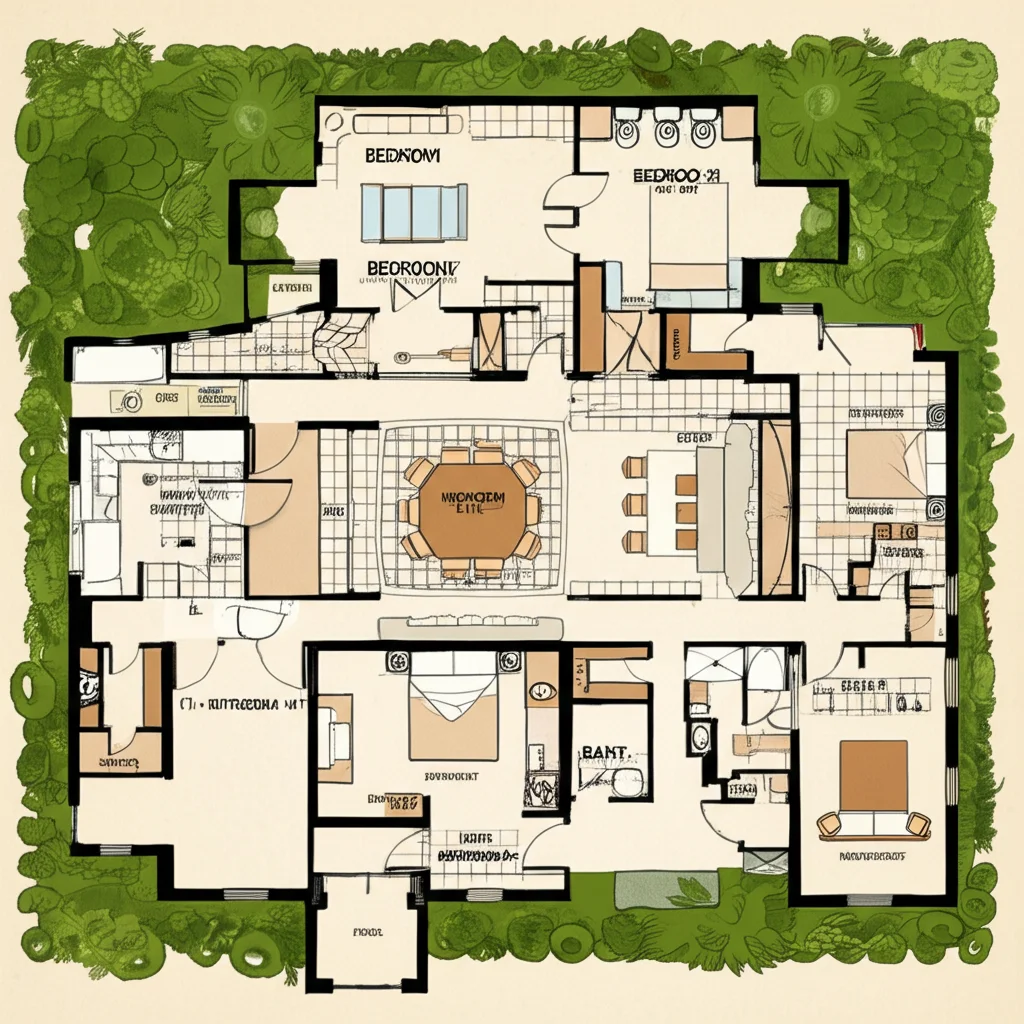
Focus on Natural Materials
One of the hallmarks of Spanish Revival design is the use of natural materials. Think wood, stone, and wrought iron. These materials add texture and character to any space, creating a sense of authenticity and timelessness. For example, exposed wooden beams can add a rustic touch to a living room, while a stone fireplace can become the focal point of a cozy den.
Consider incorporating these elements through furniture, accessories, and architectural details. A wrought-iron chandelier can add a touch of drama to a dining room, while a set of wooden chairs can create a welcoming atmosphere in a kitchen. Don’t be afraid to mix and match different textures and materials to create a space that feels both visually interesting and comfortable.
Embrace Tile and Textiles
Tile is a key element of Spanish Revival design, and it’s a great way to add color and pattern to any room. From intricate mosaic floors to colorful ceramic backsplashes, tile can instantly transform a space, adding a touch of Mediterranean flair and personality. Don’t be afraid to get creative with your tile choices. Consider using different sizes, shapes, and colors to create a unique and eye-catching design. Remember the tiles are not just decorations, they are a form of art.
Textiles are another essential element of Spanish Revival design. Think about how to add colour and texture to a room. Consider the following tips to enhance your space:
- Rugs: Use woven rugs with geometric patterns.
- Pillows: Incorporate textured pillows with embroidered details.
- Curtains: Choose linen or cotton curtains in light, airy colors.
Emma’s Outdoor Oasis: Extending the Living Space
One of the things I love most about Spanish Revival homes is the way they seamlessly blend indoor and outdoor living. Emma Stone’s home is no exception. Her outdoor spaces are just as thoughtfully designed as her interiors, creating a serene and inviting environment for relaxation and entertaining. What makes this approach so good is the ability to create another world away from the chaos of city life. It transports you to the calmness of nature without the compromise of location.
To create your own outdoor oasis, start by focusing on creating a comfortable and inviting seating area. A few comfortable chairs, a coffee table, and an outdoor rug can instantly transform a patio or deck into a cozy retreat. Add some potted plants, string lights, and a fire pit, and you’ll have a space that’s perfect for relaxing with friends and family.
| Feature | Description | Material | Color Palette | Example |
|---|---|---|---|---|
| Patio Flooring | Provides a foundation for the outdoor space. | Terracotta tiles or pavers | Earthy tones: browns, reds | A tiled patio with decorative accents. |
| Outdoor Furniture | Offers seating and relaxation options. | Wrought iron or wood | Neutral tones with colorful cushions | Wrought iron chairs with vibrant, patterned cushions. |
| Landscaping | Adds greenery and natural beauty. | Native plants, succulents, citrus trees | Greens, yellows, oranges | A garden filled with succulents and citrus trees. |
| Lighting | Creates ambiance and extends usability into the evening. | String lights, lanterns, wall sconces | Warm, ambient light | String lights hanging overhead, casting a warm glow. |
| Water Feature | Adds a soothing element and visual interest. | Fountain or small pond | Natural stone | A small fountain with a gentle trickle of water. |
| Shade Structure | Provides protection from the sun and creates a comfortable space. | Pergola or awning | Natural wood or fabric | A wooden pergola covered in climbing vines. |
Incorporating Water Features
A water feature can add a touch of tranquility to any outdoor space. Whether it’s a small fountain or a larger pond, the sound of water can be incredibly soothing, creating a sense of peace and relaxation. Plus, water features can attract birds and other wildlife, adding a touch of nature to your backyard.
Consider adding a small fountain to a patio or deck, or creating a larger pond in a garden. You can also incorporate a water feature into a retaining wall or rock garden, adding visual interest and texture to your outdoor space.
The Devil is in the Details: Accessorizing Like a Pro
Okay, so you’ve got the basics down. You’ve painted the walls, installed the tile, and arranged the furniture. But to truly capture Emma Stone’s Spanish Revival style, you need to pay attention to the details. It’s the little things that can make all the difference, adding personality and charm to any space. This is where you get the chance to let your personality shine, so don’t hold back.
Think about the accessories. Spanish Revival style is all about embracing texture and pattern, so don’t be afraid to mix and match different fabrics, materials, and colors. Consider adding a woven rug to a living room, a set of embroidered pillows to a bedroom, or a collection of ceramic vases to a dining room. These small details can instantly transform a space, adding warmth, character, and a touch of personality.
Lighting Considerations
Lighting is crucial for setting the mood in any room. In a Spanish Revival home, warm, ambient lighting is key. Think wrought-iron chandeliers, sconces, and table lamps with warm-toned bulbs. Avoid harsh, fluorescent lighting, which can feel sterile and uninviting.
Consider adding dimmers to your lights, so you can adjust the brightness to suit the occasion. You can also use candles and lanterns to create a soft, romantic glow. I personally love using fairy lights, as they bring an unexpected magical feel to a space.
Adding Personal Touches
Ultimately, the key to creating a home that feels truly special is to add your own personal touches. Display artwork that you love, incorporate family heirlooms, and create a space that reflects your unique personality and style. After all, your home should be a reflection of who you are, not just a copy of someone else’s design aesthetic. Let your personality shine.
Don’t be afraid to break the rules and experiment with different styles. Mix vintage pieces with modern accents, or add a pop of color to a neutral space. The most important thing is to create a home that you love, a place where you feel comfortable, inspired, and at peace. As interior designer Emily Henderson says, “Design is about improving the quality of life.”
Pros & Cons
- Pros:
- Timeless and elegant aesthetic.
- Warm and inviting atmosphere.
- Emphasis on natural materials and textures.
- Seamless indoor-outdoor flow.
- Versatile design that can be adapted to suit different tastes.
- Cons:
- Can be expensive to achieve due to the use of high-quality materials.
- Requires careful planning to avoid feeling cluttered.
- May not be suitable for those who prefer minimalist design.
- Authentic Spanish Revival details can be difficult to find or replicate.
- Maintenance of features like terracotta roofs can be costly.
FAQs
What is Spanish Revival architecture?
- Spanish Revival architecture is a style that draws inspiration from Spanish Colonial and Mediterranean design. It typically features stucco walls, terracotta roofs, arched doorways, and wrought-iron details.
What are the key elements of Spanish Revival interior design?
- Key elements include warm, earthy color palettes, natural materials like wood and stone, tile accents, textured textiles, and wrought-iron lighting fixtures.
How can I incorporate Spanish Revival style into my home on a budget?
- Focus on key elements like paint colors, textiles, and accessories. Look for affordable options at thrift stores, antique shops, and online retailers. DIY projects, such as painting furniture or creating your own tile designs, can also save money.
What are some good color palettes for a Spanish Revival home?
- Warm, earthy tones like terracotta, cream, ochre, and beige are ideal. You can also incorporate pops of color with blues, greens, and reds, inspired by Mexican and Mediterranean influences.
How can I create a seamless indoor-outdoor flow in a Spanish Revival home?
- Use similar materials and colors in both indoor and outdoor spaces. Create comfortable seating areas on patios and decks, and incorporate plants and water features to create a relaxing atmosphere. Large windows and doors can also help to blur the lines between the interior and exterior.
Conclusion
So, there you have it – a glimpse into the enchanting world of Emma Stone’s Los Angeles Spanish Revival home. It’s a testament to the enduring appeal of this classic architectural style, and a reminder that a home should be a reflection of your personality and style. By incorporating key elements like warm colors, natural materials, and personal touches, you can create your own cozy haven, a space that feels both beautiful and inviting.
Inspired to transform your space? Start small! Even a few simple changes can make a big difference. And remember, it’s all about creating a home that *you* love. So, go ahead, unleash your inner designer and start creating the Spanish Revival dream home you’ve always wanted! Check out our other blogs to get some more ideas and make your dream happen!

